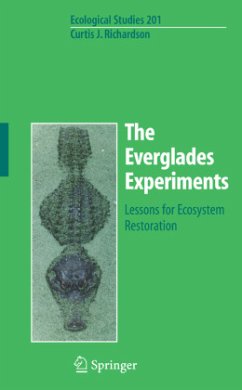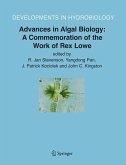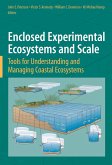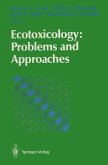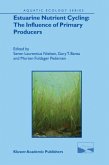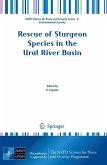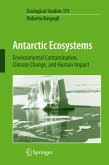The Florida Everglades ecosystem is recognised world-wide as a significant wetland whose natural processes have been altered and remain threatened. State and Federal US agencies face critical decisions about the course of conservation and restoration efforts. Synthesising nearly ten years of laboratory and field research of the Duke University Wetland Center, this book provides the long-term integrated scientific studies needed to understand the functioning of this region. Background information about the current and historical ecological conditions of the region set the context for reports of long-term research projects, while a series of gradient studies determine the effects of hydrology and nutrient changes. Subsequent sections present models for predicting responses to various conditions and analyse the studies and models, focusing on management and restoration of the Everglades.
In the late 1960s, I worked as a graduate teaching assistant in plant ecology for the late Dr. John Henry Davis at the University of Florida. On one of our visits to the Everglades, he mentioned to me that he had been studying problems of the Everglades since the early 1930s, and that rapid growth in Florida, unless checked, was about to doom the Everglades. He hoped his vegetation survey of the Everglades and his v- etation map could someday be used to help restore the Everglades to some semblance of what it had been prior to the turn of the century. These long-forgotten discussions with Dr. Davis were rekindled when, during a wetland conference in Orlando, Florida in the late 1980s, I was asked what might be responsible for the reported massive invasion of cattails that had been noted during the past decade in the Everglades. Several hypotheses were presented at the meeting, including some preliminary data on the significant inputs of nutrients from agricultural lands and Lake Okeechobee to the north. The shifts in the hydrologic conditions and flow patterns of the existing Everglades were also mentioned. Because of the extensive work on phosphorus and nutrient retention then being done at the Duke University Wetland Center, I was asked in early 1989 to do a preliminary survey and analysis of the ecological status of the Everglades. From this early work, carried out by Dr.
In the late 1960s, I worked as a graduate teaching assistant in plant ecology for the late Dr. John Henry Davis at the University of Florida. On one of our visits to the Everglades, he mentioned to me that he had been studying problems of the Everglades since the early 1930s, and that rapid growth in Florida, unless checked, was about to doom the Everglades. He hoped his vegetation survey of the Everglades and his v- etation map could someday be used to help restore the Everglades to some semblance of what it had been prior to the turn of the century. These long-forgotten discussions with Dr. Davis were rekindled when, during a wetland conference in Orlando, Florida in the late 1980s, I was asked what might be responsible for the reported massive invasion of cattails that had been noted during the past decade in the Everglades. Several hypotheses were presented at the meeting, including some preliminary data on the significant inputs of nutrients from agricultural lands and Lake Okeechobee to the north. The shifts in the hydrologic conditions and flow patterns of the existing Everglades were also mentioned. Because of the extensive work on phosphorus and nutrient retention then being done at the Duke University Wetland Center, I was asked in early 1989 to do a preliminary survey and analysis of the ecological status of the Everglades. From this early work, carried out by Dr.
From the reviews: "The Everglades experiments is one of the few synthesis books that could be used by policy makers and scientists to adopt strategies for Everglades restoration. ... The Everglades experiments: lessons for ecosystem restoration is a great resource to scientists and researchers at different universities, and state and federal agencies that are involved in Everglades restoration. It will be useful to students in the ecology and the environmental fields with the Everglades used as a case example." (Samira Daroub, Ecology, Vol. 90 (2), 2009)

